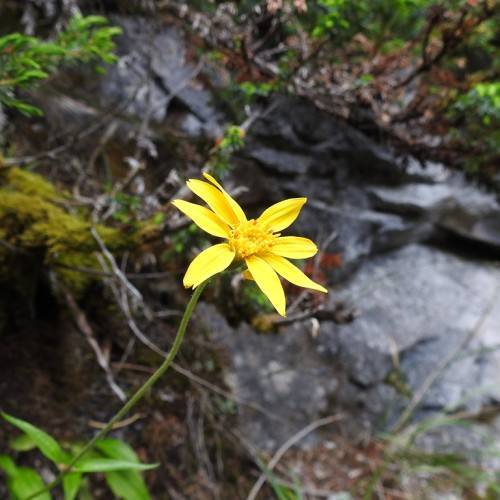
Northern Arnica
Arnica lonchophylla
Also Known As - Longleaf Arnica,Seep ArnicaWatering:
Minimal
Hardiness Zone:
Sun:
Sun
Soil:
Loam
Leaf:
Yes
Growth Rate:
Low
Drought Tolerant:
Yes
watering
Mountain Arnica requires regular watering to maintain a moderate moisture level in the soil. Generally, this species should be given a deep watering about every 10 - 14 days in summer months and about every month during the winter. During extreme heat or drought, the frequency may need to be increased to ensure that your plant has sufficient water. When watering, always use lukewarm water and saturate the soil until the water begins to seep from the drainage holes. Allow the top few inches of soil to dry out completely before watering again.
sunlight
Mountain Arnica (Arnica latifolia) is a sun-loving plant that does best when it receives full sun for at least 8 hours a day. It can tolerate some shade, but its growth and flowering will be limited if it does not get sufficient sunlight. Mountain Arnica should be placed in a well-lit area, preferably 1 that gets direct sunlight for the majority of the day during the summer. During the winter months, it is advisable to place the plant in an area that gets some sunlight in the morning and afternoon, as it will require about 5 hours of sun each day to thrive.
pruning
Mountain Arnica (Arnica latifolia) is best pruned in early spring, after the last frost has passed. Prune the plant lightly, cutting back any dead or damaged shoots to create an overall bushier and more attractive appearance. Avoid removing more than a quarter of the plant's foliage, as this can shock the plant and cause it to struggle for the remainder of the growing season. Additionally, it is important to trim off any flower heads as soon as they begin to fade, as this will help to ensure the best growth and production for the following season.
